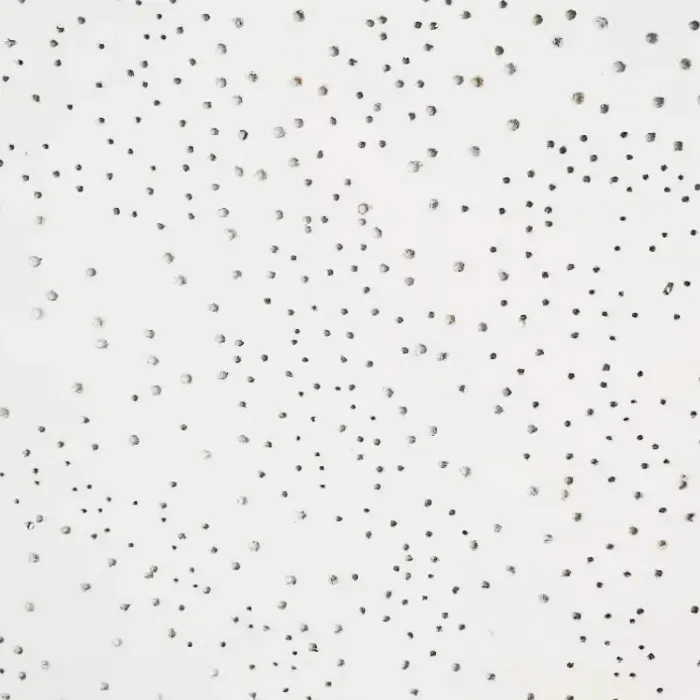- Afrikaans
- Albanian
- Amharic
- Arabic
- Armenian
- Azerbaijani
- Basque
- Belarusian
- Bengali
- Bosnian
- Bulgarian
- Catalan
- Cebuano
- Corsican
- Croatian
- Czech
- Danish
- Dutch
- English
- Esperanto
- Estonian
- French
- German
- Greek
- Hindi
- Indonesian
- irish
- Italian
- Japanese
- Korean
- Lao
- Malay
- Myanmar
- Norwegian
- Norwegian
- Polish
- Portuguese
- Romanian
- Russian
- Serbian
- Spanish
- Swedish
- Thai
- Turkish
- Ukrainian
- Uzbek
- Vietnamese
Νοέ . 16, 2024 01:48 Back to list
Steps for Installing T-Bar Ceiling Grid in Your Home or Office
Installing a T-bar ceiling grid can be an excellent way to enhance both the aesthetics and functionality of a room. Whether you are renovating a space or constructing a new one, a suspended ceiling can help in hiding ductwork, pipes, and electrical wiring while improving acoustics and insulation. Below, we outline the steps to successfully install a T-bar ceiling grid.
Materials Needed Before you start, gather your materials T-bar ceiling tiles, main runners (horizontal support bars), cross tees, wall angles, a measuring tape, chalk line, level, wire hangers, and a power drill with bits. Safety goggles and gloves are also recommended.
Step 1 Measure the Room Begin by measuring the dimensions of your room. Determine the desired height of the ceiling grid. Mark this height around the perimeter of the room using a chalk line. It’s essential to ensure that the line is level, as this will dictate the overall appearance of your ceiling.
Step 2 Install Wall Angles Using your level, install wall angles along the chalk line using screws. These angles will support the T-bar grid, so ensure they are securely fastened. The wall angles should create a square perimeter that will contain the grid system.
how to install t bar ceiling grid

Step 3 Hang Main Runners Next, measure and cut the main runners to fit within the wall angles. Attach wire hangers to the ceiling joists or other support structures and connect them to the main runners, ensuring they hang evenly and are level. Space the main runners according to the specifications of your ceiling tiles, typically 4 feet apart.
Step 4 Insert Cross Tees Once the main runners are installed, it’s time to insert cross tees. These should be placed perpendicular to the main runners and spaced accordingly to accommodate the ceiling tiles. The standard spacing is typically 2 feet, but check the tile specifications for accuracy.
Step 5 Install Ceiling Tiles Finally, with the grid in place, carefully insert the ceiling tiles into the grid. Start from one corner and work your way across for a seamless finish. Make sure each tile fits snugly into the grid without any gaps.
Conclusion Installing a T-bar ceiling grid can be a rewarding DIY project that transforms your space. With the right tools and careful attention to detail, you can achieve a professional-looking finish, enhancing both the aesthetics and value of your property. Happy installing!
-
PVC Laminated Gypsum Ceiling Board OverviewNewsApr.11,2025
-
Mineral Fiber Ceiling Tiles Price Analysis and ComparisonsNewsApr.11,2025
-
Crafts of Mineral Fiber Ceiling Tile ManufacturingNewsApr.11,2025
-
Difference Between Gypsum and PVC CeilingNewsApr.11,2025
-
An Overview of Mineral Fiber Ceiling TilesNewsApr.11,2025
-
Advantages of PVC Gypsum CeilingNewsApr.08,2025







